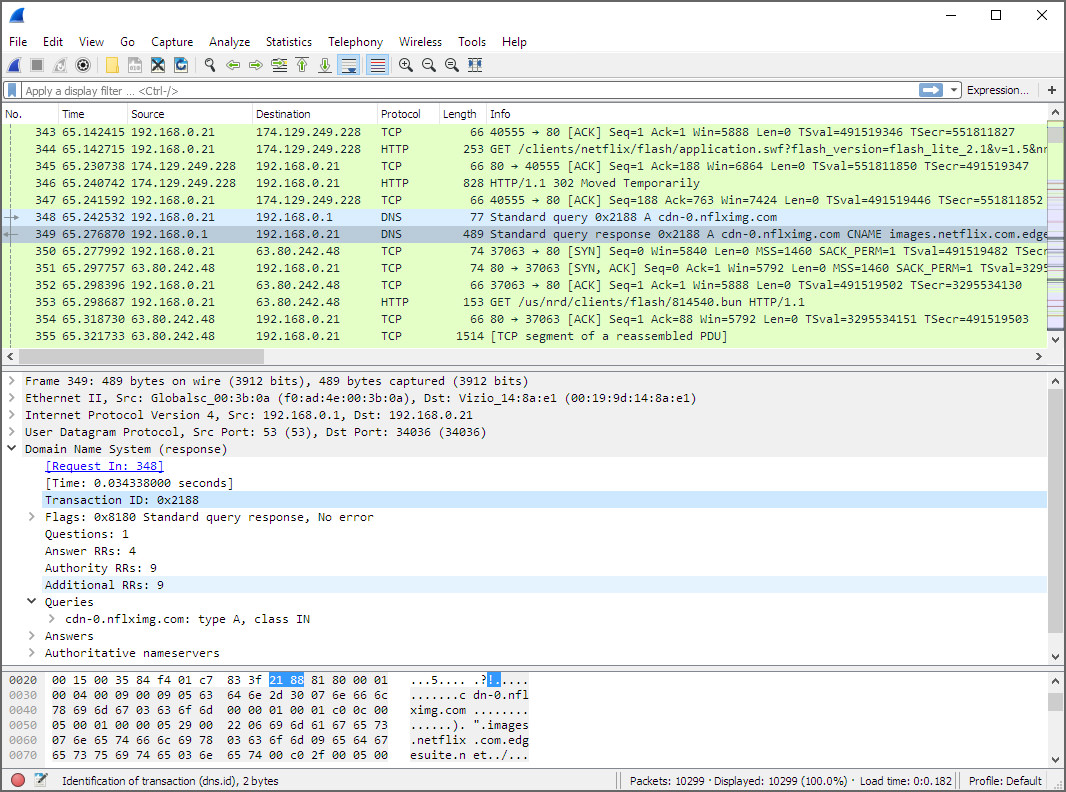

Typical Call Over the Wire Real Time Protocol (RTP) Receiver picks up the phone and a 200 success response is sent ( OK). Sender starts ringing by sending a 180 ( Ringing) response.Ĥ. Receiver sends back a 100 ( Trying) response.ģ.

Therefore, encryption is a necessary compensating control to have in place regardless of the environment or service method. As we will see later, Man-in-the-Middle (MITM) attack vectors exist for all types of communication, including VoIP/SIP. By default SIP uses port 5060 UDP/TCP for unencrypted traffic or port 5061 for TLS encrypted traffic. SIP is an application layer protocol that uses UDP or TCP for traffic. The voice or video traffic is transmitted via the Real Time Protocol (RTP) protocol. The Session Initiation Protocol (SIP) allows us to establish, end or change voice or video calls. VoIP users can make calls directly to any phone on the Public Switched Telephone Network (PSTN) without telephone lines by connecting to a compatible hosted PBX System through a SIP Trunk. SIP Trunking delivers telephone and unified communications services over an existing IP network. Services such as Skype, Twilio, among others, provide an easy solution for organizations that do not want to implement any of the above solutions. Connections are provided through a VPN to the service provider.

No internal PBX is needed, only IP phones, a switch, and a router. All traffic is pushed through a designated VLAN. The primary differences are: Internal VoIP ImplementationĪ Private Branch Exchange (PBX) is installed in the organization and connected to the ISP lines or telephony by a SIP Trunk or Primary Rate Interface (PRI). We typically see three common approaches in how VoIP is configured and deployed within organizations: I nternal, M anaged, and Online SIP Trunking. As is the case with virtually all managed services, by allowing 3rd party access to and management of key services, organizations inherently absorb the risk of not having complete visibility or control over security related parameters that are necessary to securely operate VoIP within their network boundary. Organizations may also choose to leverage a 3rd party to implement their VoIP infrastructure. Interactive Voice Response (IVR) Systems.The following are examples of functionality commonly used within VoIP installations that are not common in legacy telephony networks: Compared to legacy digital/analog communications VoIP provides additional functionality and thus additional attack vectors that must be mitigated to further strengthen an organization’s security posture. Voice over IP (VoIP) is a technology that provides advanced and efficient communication solutions. It is possible to replicate the same attacks described in this article over TCP using the Viproy - Voip Penetration Testing Kit. Additionally, all example attacks are performed against UDP VoIP which is the most common implementation. For managed service deployments and other implementations the methodology may differ. Our goal is to provide a detailed attack structure for many of the common techniques and attack vectors that we utilize during our VoIP assessments and provide strategic value to operators attempting to leverage commonly available tools for identification of weaknesses associated with insecure VoIP configurations.Īll of the examples in the article are geared towards an internal VoIP implementation. We created this post as we see a gap in the available methodologies that exist showing real-world enumeration and attack against VoIP environments. In this post we will explore the world of performing penetration testing against Voice over IP (VoIP) environments.


 0 kommentar(er)
0 kommentar(er)
